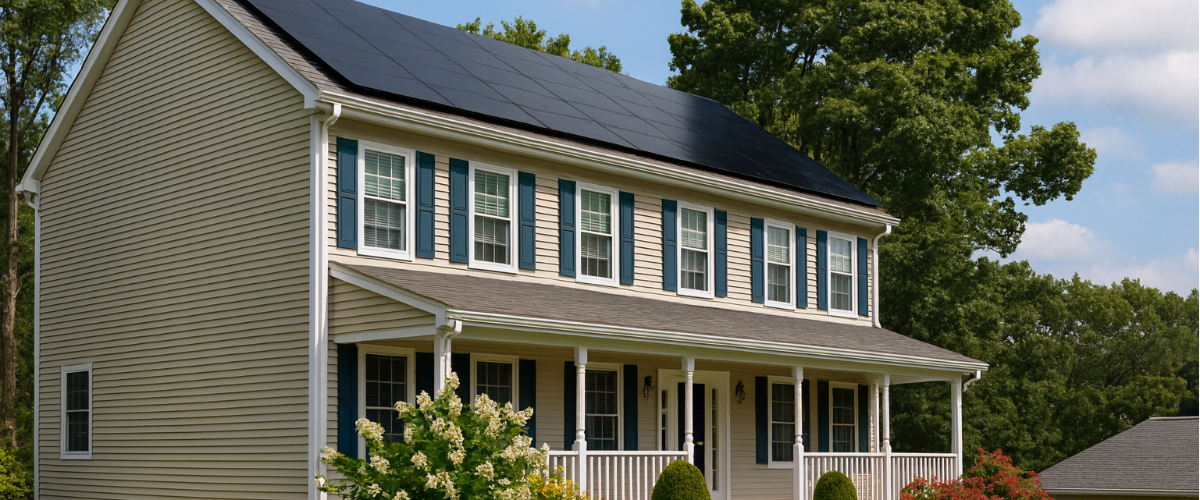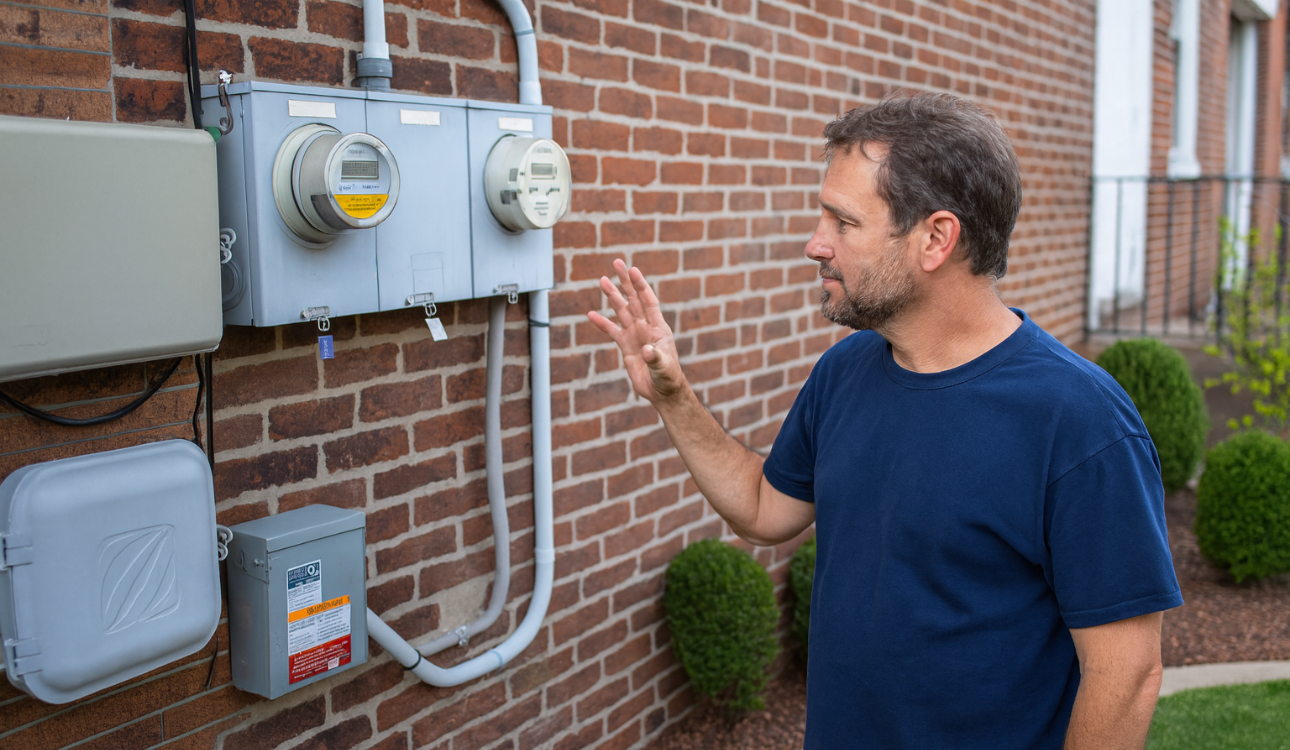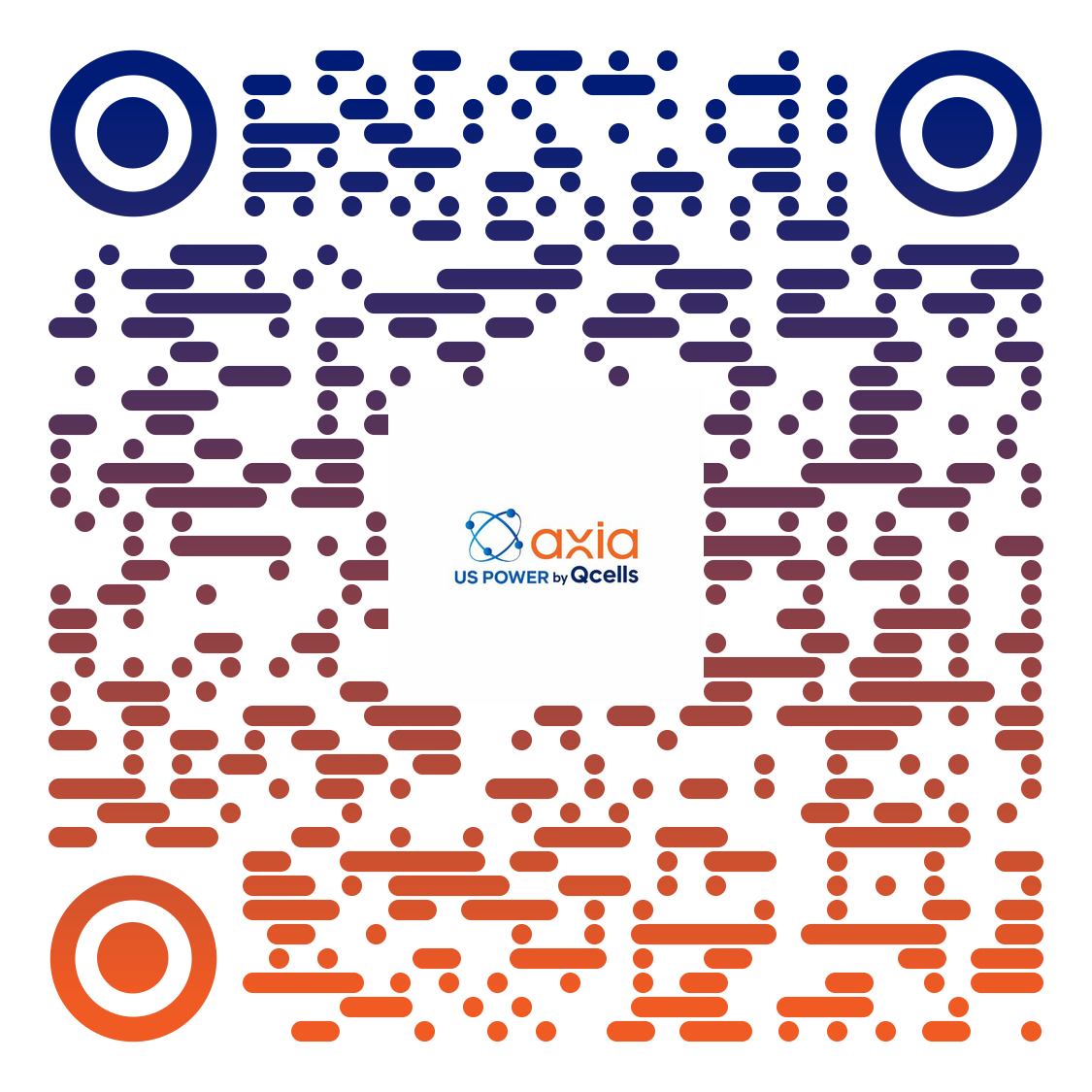Is Your Pasadena Home Ready for Solar Panels? 5 Key Factors

Solar and Roofing Advisor
Avoid costly mistakes—learn the five factors Pasadena homeowners should check before installing solar panels. Get expert advice from US Power and QCells.

Thinking about solar power for your Pasadena home? With high utility rates, plentiful sun, and growing incentives, 2025 might be the perfect time. But before you commit, there are key factors you need to weigh to ensure your system delivers maximum savings and performance. As experts in solar installation across Southern California, US Power wants you to make an informed decision—especially since we offer factory-direct pricing on American-made QCells panels, giving you top performance at better value.
1. Roof Condition, Orientation & Shading
Why it matters:
Solar panels perform best when they receive maximal sunlight. Anything that blocks, reflects, or shades the panels can drastically reduce their output.
What to check:
- Roof age / structure: If your roof is older or needs repair, it’s wise to replace or reinforce before installing panels. Expect that roof overlays, rafter strength, and roofing materials all matter.
- Orientation & tilt: In Pasadena, roofs facing south to southwest with angles between ~20-35° tend to perform best. East or west faces are still usable, but you should expect somewhat lower output or need more capacity.
- Shading issues: Trees, nearby buildings, chimneys, or other structures can cast shade during peak sun hours. Even partial shading can reduce system output significantly. Consider trimming or removing interfering trees, or using panel layouts / hardware with micro-inverters or power optimizers to mitigate shading.
2. Local Policy, Utility Rules & Permitting
Why it matters:
What you pay, how fast you recoup costs, or even whether your system qualifies for rebates often depends on local regulations and utility policies. Pasadena has its own special considerations.
Key local rules & updates to know:
- Pasadena Water & Power (PWP) capacity allowance: As of September 2025, PWP allows customer-installed solar power systems up to 150% of a customer’s peak annual historical usage over the past five years. That means you can install a system that produces 1.5× your typical use, which helps offset seasonal or afternoon/evening usage. Larger systems are also allowed when paired with battery storage or when actual need is demonstrated.
- Net Billing / Net Energy Metering updates: California’s utility billing rules (including “Net Billing Tariff” or updated NEM versions) affect how excess power you generate gets credited when fed into the grid. These rates and time-of-use schedules affect payback.
- Permits and local ordinances: Pasadena requires proper building/electrical permits. Also watch for any neighborhood or historical-district constraints, HOA guidelines, or special local codes.
3. Financial Incentives & Cost Considerations (2025)
Why it matters:
Upfront cost is often the biggest barrier. Incentives, rebates, and credits can reduce that dramatically—but many are time-sensitive or have changing rules.
What’s available now in 2025 & what to consider:
- Federal Investment Tax Credit (ITC): 30% tax credit on eligible solar systems installed before December 31, 2025. After that date, the credit is set to expire.
- Self-Generation Incentive Program (SGIP): California’s SGIP offers rebates for pairing solar with storage, particularly favoring low-income and equity categories. For example, $3,100 per kilowatt (kW) for solar and up to $1,100/kWh for battery storage.
- Property Tax Exclusion: California’s Active Solar Energy System Exclusion prevents your solar installation from being assessed in property taxes, so the added value to your home doesn’t raise your property tax bill.
- Cost per watt & system size in Pasadena: For reference, in 2025 the average cost to install a 5 kW solar system in Pasadena before incentives is about $11,400 - $12,000 depending on installer and panel brand. After applying the 30% ITC, effective cost drops significantly.
4. Equipment Quality & Brand Partnerships
Why it matters:
Solar panels are long-life investments. Choosing quality equipment ensures durability, performance, and warranty protection. Also, using American-made or domestically assembled components can unlock additional benefits.
What to look for:
- Panel efficiency & degradation rates: Higher efficiency panels produce more power per square foot, important if roof space is limited. Panels should also have low degradation rates (e.g. ≤0.5-0.7% per year) to assure long-term output.
- Brand reputation & warranty: Warranties on product and performance matter. QCells, for example, has strong reputation, especially since they recently achieved EPEAT certification, signaling sustainability and quality.
- Domestic content & manufacturing footprint: Because US Power has an exclusive partnership with QCells, you get factory-direct pricing plus panels with parts or manufacturing in the U.S. This reduces supply chain delays, can improve quality control, and may help with eligibility or bonuses under certain incentive programs (domestic content bonus).
5. Your Electric Usage Profile & Future Needs
Why it matters:
Sizing your system correctly—and planning for future changes—ensures that you don’t under- or over-invest. Plus, storage and load timing are becoming more important.
What to evaluate:
- Current and past usage: Examine your electricity bills for the past 12-24 months to track seasonal peaks. Know how much power you use during summer vs. winter, midday vs. evening.
- Future changes: Do you plan to buy an electric vehicle (EV)? Add heat pump cooling/heating? Install a pool, spa, or add onto the house? These will increase your usage and may justify a larger system or storage now.
- Battery storage potential: With California facing increasing grid stress (fires, extreme heat, blackouts), having storage means backup power and better time-of-use savings. It also interacts with incentives (SGIP) and local utility rules.
- Utility rate schedule / time-of-use (TOU): Electric rates typically vary during the day. If your utility has high peak rates in afternoon/evening, producing or using energy during those times or storing excess to use later can yield more savings.
Why Acting Now with US Power & QCells Makes Sense
- Our factory-direct QCells panels give you top efficiency, strong warranty, and American content—so you’re getting more value per dollar and potentially higher eligibility for domestic content incentives.
- Pasadena’s PWP now allows larger solar system capacity (up to 150% usage), especially if paired with battery storage. If you wait, you might miss the window to take full advantage.
- The 30% federal solar tax credit is set to expire after December 31, 2025. Systems installed before then can still claim it. Once it’s gone, your out-of-pocket cost goes up significantly.

Typical Timeline & What to Expect
| Phase | What Happens | Approximate Timeframe |
|---|---|---|
| Free Solar Assessment & Roof Audit (US Power) | We review your roof, orientation, usage, shading, and local rules. | 1-2 weeks |
| Design & Permitting | System design, equipment selection, permit application with PWP and city of Pasadena. | 2-6 weeks |
| Installation | Mounting racking, panels, inverter, (and battery if included). | 1-3 days for most residential systems |
| Inspection & Grid Connection | Local building inspection + utility interconnection. | 1-4 weeks depending on city / utility backlog |
Delays can happen (permit processing, utility interconnection, supply chain), so starting early is smart—especially to meet the 2025 incentive deadlines.
Will my solar panels increase my property tax?
No. In California, solar systems qualify for the Active Solar Energy System Property Tax Exclusion, meaning the added value of solar doesn’t raise your property tax (for eligible systems).
What if I don’t use all the power my system generates?
You likely benefit from net billing / net metering-type policies, which credit you for electricity sent back to the grid. The specific value of those credits depends on local PWP/utility rates and the timing of your excess generation.
Do I need battery storage?
Not always—but in many cases it boosts savings, resilience, and qualifies you for more incentives. If you want backup during outages or want to shift usage away from peak electricity prices, a battery makes sense.
Go Solar with US Power
Ready to lock in solar savings before 2025 ends? Contact US Power today for your free roof assessment and savings estimate. With our QCells panels (factory-direct), local Pasadena expertise, and the deadline for the 30% federal credit fast approaching, there’s never been a better time to go solar.
Schedule a free consultation now.
Let’s design a solar system that maximizes your savings, increases your property value, and powers your home with clean energy for decades.
Related Articles
Our Related Blogs
High-efficiency Qcells solar panels for maximum savings in Southern Califfornia.
Your complete guide to solar panels and battery storage for your home energy.
Before choosing your solar system, compare the leading brands head-to-head.
Our Solar and Roof Brand Partners








We empower communities and businesses to harness clean, renewable solar energy solutions that drive sustainable growth.
Ready to Own Your Power? Call us today!
818-650-8010
Copyright © 2025 US Power - Axia by QCells. All Rights Reserved.
Privacy is important to us, so you have the option of disabling certain types of storage that may not be necessary for the basic functioning of the website. Blocking categories may impact your experience on the website.
Essential
These items are required to enable basic website functionality.
Personalization
These items allow the website to remember choices you make (such as your user name, language, or the region you are in) and provide enhanced, more personal features.
Marketing
These items are used to deliver advertising that is more relevant to you and your interests.
Analytics
These items help the website operator understand how its website performs, how visitors interact with the site, and whether there may be technical issues.
We and our third-party partners use cookies and other technologies to enhance and track your experience on this site, conduct analytics, and personalize marketing to you. By using the site, you agree to our use of these technologies, including recording and monitoring your interactions with the site.
Get an instant solar estimate using satellite!









